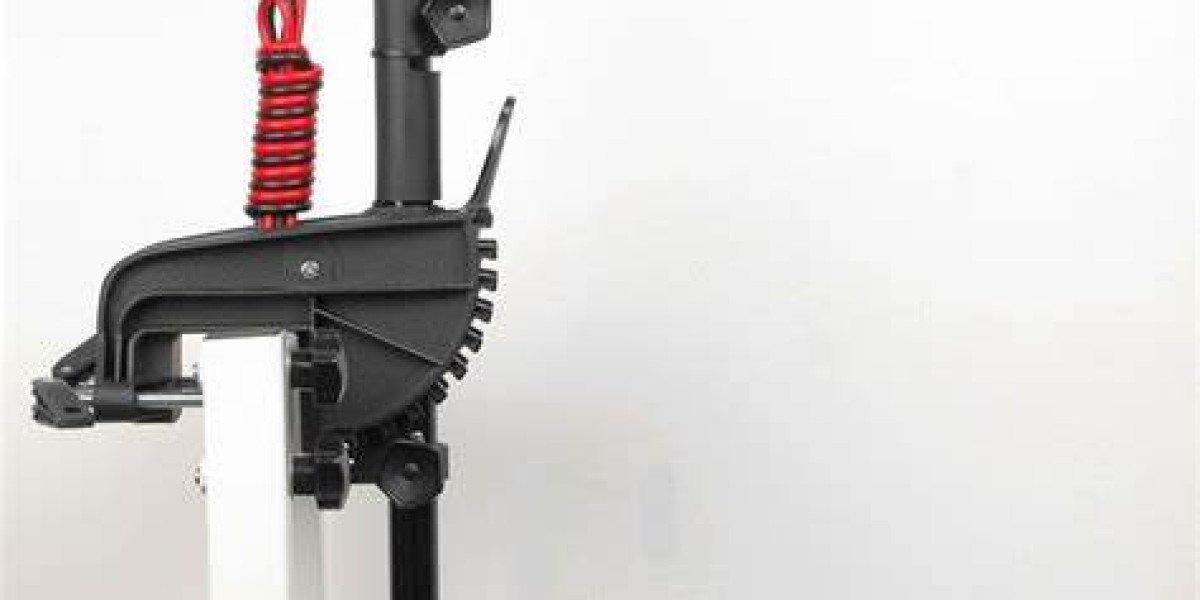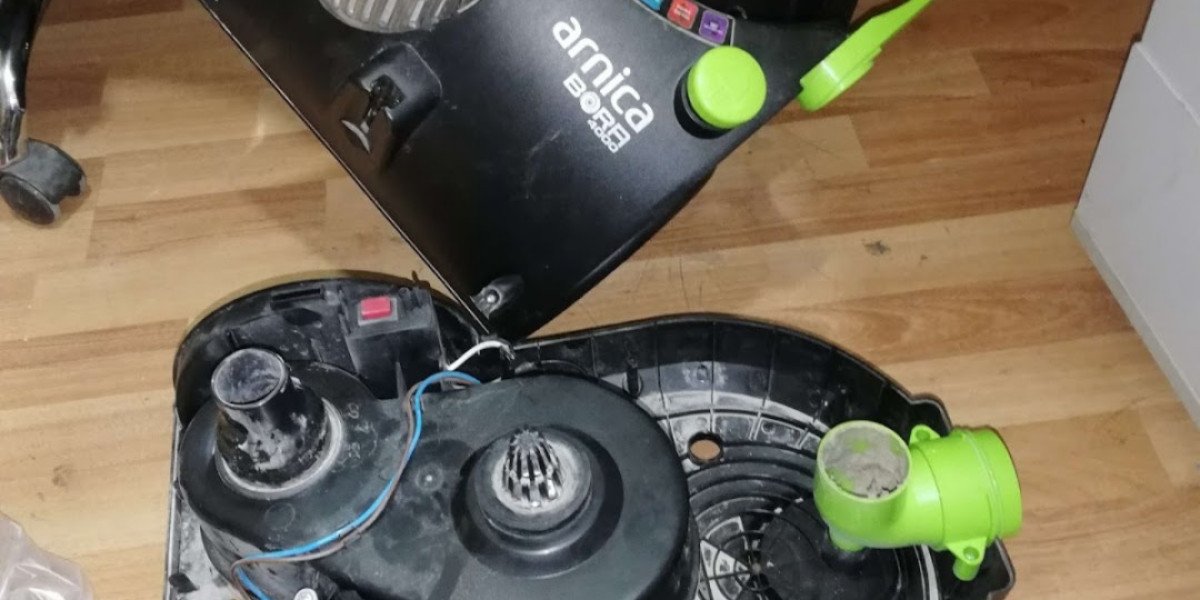Trolling motors are an essential piece of equipment for anglers and boating enthusiasts, providing a quiet and precise way to navigate waters. Whether you're new to boating or a seasoned pro, understanding how to get the most out of your trolling motor can significantly enhance your fishing experience. In this guide, we’ll dive into everything you need to know about using a trolling motor tips effectively, from choosing the right motor to essential maintenance tips.
1. Choosing the Right Trolling Motor
1.1 Types of Trolling Motors
There are two main types of trolling motors to consider:
Bow-Mount Trolling Motors: Mounted at the front of the boat, bow-mount motors offer better control and maneuverability. They’re ideal for larger boats and more experienced users.
Transom-Mount Trolling Motors: These are mounted on the back of the boat. They are easier to install and are great for smaller boats or for those who are just getting started.
1.2 Thrust Power
The power of a trolling motor is measured in pounds of thrust. More thrust means more power to move your boat. Here’s a quick guide on choosing the right amount of thrust:
- Small boats (8-12 feet): 30-45 lbs of thrust
- Medium boats (12-16 feet): 46-55 lbs of thrust
- Large boats (16-20 feet): 70-100+ lbs of thrust
1.3 Voltage Requirements
Trolling motors come in 12V, 24V, or 36V systems. The higher the voltage, the more power your motor will deliver, which is crucial for larger boats or rough water conditions.
- 12V Systems: Suitable for small boats and light-duty use
- 24V Systems: Offers more power and endurance, ideal for medium-sized boats
- 36V Systems: Best for heavy-duty use and larger boats requiring maximum thrust
2. Installation and Setup
2.1 Mounting the Trolling Motor
Proper installation is key to getting the most out of your trolling motor. Follow these tips for a secure setup:
- Bow-Mount Installation: Ensure the mount is secure and positioned in a way that allows for easy access to the controls.
- Transom-Mount Installation: Attach the motor securely to the stern, ensuring it’s centered for balanced performance.
2.2 Wiring and Battery Setup
Proper wiring is essential to prevent power loss and extend battery life. Use the following guidelines:
- Use marine-grade wires that are corrosion-resistant.
- Keep the wiring as short as possible to minimize power loss.
- Securely connect the wires to avoid loose connections.
3. Trolling Motor Operation Tips
3.1 Speed Control
Understanding how to control your trolling motor’s speed is crucial. Use the lowest speed setting possible for your needs to conserve battery life. Adjust speeds gradually to avoid startling fish or losing control.
3.2 Steering Techniques
For precise control, practice steering your boat using small and controlled movements. On windy days, angle the motor slightly to counteract the wind's direction, which will help maintain a straight course.
3.3 Positioning
Position your boat upwind or up-current from where you plan to fish. This strategy allows the boat to drift quietly into position, reducing the chances of scaring away fish.
4. Battery Maintenance and Care
4.1 Battery Types
Trolling motors typically use deep-cycle marine batteries. The two most common types are:
- Flooded Lead-Acid Batteries: More affordable but require regular maintenance.
- Lithium-Ion Batteries: More expensive but offer longer life and consistent power output.
4.2 Charging Tips
Proper charging habits can extend your battery's lifespan significantly:
- Charge your battery immediately after each use.
- Use a smart charger that prevents overcharging.
- Store batteries in a cool, dry place when not in use.
4.3 Battery Life Maximization
To maximize battery life during your outing:
- Avoid running your motor at full speed unless absolutely necessary.
- Reduce your speed when you’re close to your fishing spot to conserve power.
- Consider carrying a spare battery for longer trips.
5. Maintenance Tips
5.1 Cleaning and Lubrication
Regular cleaning and lubrication can extend the life of your trolling motor:
- Cleaning: Rinse your motor with fresh water after each use, especially in saltwater conditions.
- Lubrication: Lubricate the moving parts with a marine-grade grease to reduce friction.
5.2 Inspecting for Damage
Before and after each trip, inspect your trolling motor for any signs of wear or damage. Look for cracks, loose bolts, or frayed wires that could affect performance.
6. Troubleshooting Common Issues
6.1 Motor Not Running
If your trolling motor fails to start, check the following:
- Battery connections and charge level
- Inspect the propeller for any tangled weeds or debris
- Check the fuse or circuit breaker
6.2 Unusual Noise or Vibration
Unusual noises or vibrations can be caused by:
- A damaged or unbalanced propeller
- Loose mounting hardware
- Worn-out motor bearings
6.3 Loss of Power
Loss of power is often related to battery issues. Ensure your battery is fully charged and that all connections are secure. If the battery is old, it might be time to replace it.
7. Upgrading Your Trolling Motor Setup
7.1 Choosing the Right Propeller
Selecting the right propeller can improve your trolling motor’s efficiency. Choose a propeller that suits your typical fishing conditions:
- Two-Blade Propellers: Best for speed and open water
- Three-Blade Propellers: Better for navigating through vegetation and heavy cover
7.2 Adding a GPS System
A GPS system can greatly enhance your fishing experience by allowing you to lock onto specific coordinates and hold your boat in position automatically.
7.3 Remote Control Options
Upgrading to a remote control or foot pedal can provide hands-free operation, allowing you to focus more on fishing and less on steering.
8. Pro Tips for Enhancing Fishing Efficiency
8.1 Silent Approach
Always approach your fishing spot as quietly as possible. Use the lowest possible speed to reduce noise and vibrations that can scare away fish.
8.2 Position Locking
Use features like anchor mode or spot lock to hold your boat in a fixed position without drifting. This feature is especially useful when fishing in windy conditions or strong currents.
8.3 Practice Precision Casting
Position your boat at an optimal distance from the target area, allowing you to make precise casts without getting too close and spooking the fish.
9. Safety Tips
9.1 Regular Inspections
Conduct regular inspections of your trolling motor and battery system to prevent unexpected failures while on the water.
9.2 Emergency Equipment
Always carry essential emergency equipment, such as an extra paddle, life jackets, and a first-aid kit, in case of trolling motor malfunctions.
10. Conclusion
Mastering the use of your trolling motor can transform your fishing experience, making it more efficient and enjoyable. By selecting the right motor, maintaining it properly, and using smart techniques to position your boat, you’ll be well on your way to reeling in more catches and having successful outings. Implement these tips and see how they elevate your trolling motor game to the next level.
Whether you're a seasoned angler or just getting started, these trolling motor tips will help you make the most of your time on the water. Happy fishing!







